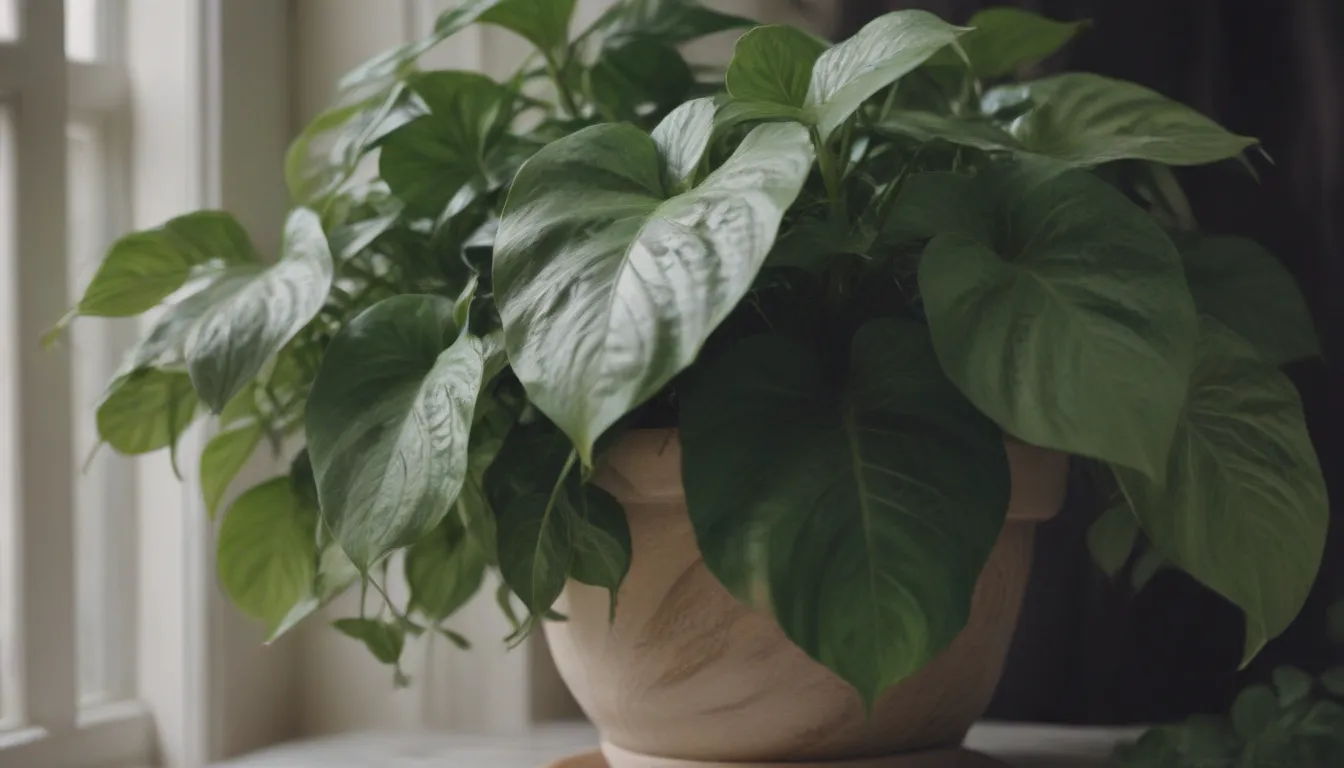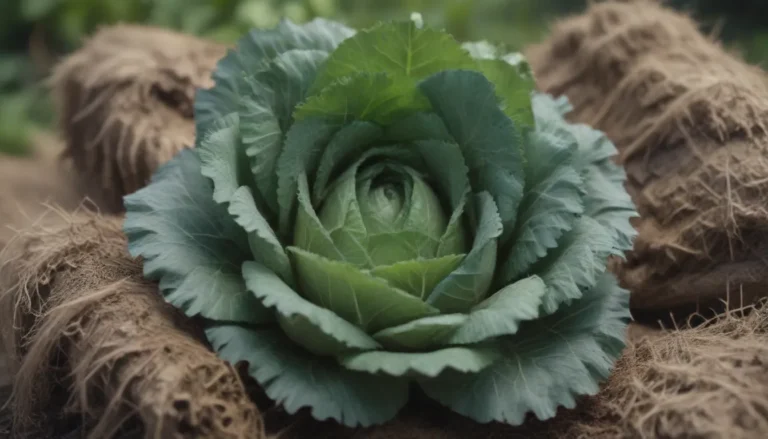Comprehensive Guide on How to Grow Marble Queen Pothos Indoors

Are you a plant enthusiast looking to add a touch of greenery to your indoor space? If so, the marble queen pothos (Epipremnum aureum ‘Marble Queen’) is the perfect plant for you. This variety of pothos features stunning white and cream variegation that can add a pop of color to any room. Not only is the marble queen pothos visually appealing, but it is also incredibly easy to care for, making it ideal for beginners.
In this comprehensive guide, we will explore everything you need to know about growing marble queen pothos indoors. From light and soil requirements to propagation and common problems, we’ve got you covered. So, let’s dive in and learn how to transform your space with the beauty of marble queen pothos.
Marble Queen Pothos Care
Here are the key requirements for successfully growing marble queen pothos in your home:
Light
Marble queen pothos thrive in medium to bright indirect light. Ensure that your plant is not exposed to direct sunlight for extended periods, as this can lead to leaf burning. On the other hand, low light conditions can cause the variegation to fade and slow down growth. Find a bright spot in your home where your pothos can receive ample but indirect sunlight.
Soil
Choose a well-draining soil mix rich in nutrients for your marble queen pothos. Aroids-specific mixes or DIY blends of potting soil, perlite, and orchid bark work well. This combination creates a light and airy soil mixture that promotes healthy growth for your pothos plant.
Water
Maintain consistent watering for your marble queen pothos, allowing the top two to three inches of soil to dry out between waterings. These plants are drought-tolerant, so occasional lapses in watering won’t harm them. Avoid overwatering, as this can lead to root rot and other issues.
Temperature and Humidity
Marble queen pothos thrive in standard household temperature and humidity levels. Avoid exposing them to temperatures below 55 degrees Fahrenheit and provide extra humidity for optimal growth. Placing your plant in a humid room or using a humidifier can help create the ideal environment for your pothos.
Fertilizer
Feed your marble queen pothos with a balanced liquid fertilizer once a month during the growing season to promote healthy growth. Stop fertilizing in the fall as temperatures start to drop.
Propagating Marble Queen Pothos
Propagating marble queen pothos is a simple and rewarding process that allows you to expand your plant collection. Follow these steps to propagate your pothos using stem cuttings:
- Choose a healthy stem cutting with at least two nodes.
- Trim the cutting below a node and place it in water or a soil mix.
- Wait for roots to develop, then transfer the cutting to a new pot.
With a little patience and care, you can create new marble queen pothos plants to brighten up your home or share with friends.
Potting and Repotting Marble Queen Pothos
Repot your marble queen pothos every one to two years or when it outgrows its current container. These plants can tolerate being slightly rootbound, so don’t worry if you can’t repot right away. Follow these steps to repot your pothos:
- Choose a slightly larger pot with good drainage.
- Remove the plant from its current pot and gently loosen the roots.
- Place the plant in the new pot and fill with fresh soil. Water thoroughly.
Repotting your marble queen pothos helps prevent rootbound conditions and promotes healthy growth.
Common Pests & Plant Diseases
Keep an eye out for common pests such as mealybugs, scale, fungus gnats, and spider mites that can affect your marble queen pothos. Regularly inspect your plant for signs of infestation and take action promptly. Additionally, watch out for symptoms of root rot, which can result from overwatering or poor drainage.
Common Problems With Marble Queen Pothos
While marble queen pothos are generally low-maintenance plants, they can develop issues if not cared for properly. Two common problems to watch out for are browning leaves and yellowing leaves:
Browning Leaves
Browning leaves can indicate under-watering or insufficient humidity. Ensure your plant receives regular watering and adequate humidity to prevent browning.
Yellow Leaves
Yellowing leaves may be a sign of overwatering, excessive sunlight, or inadequate light exposure. Review your care routine to identify and address the issue causing leaf yellowing.
In conclusion, marble queen pothos are versatile, beginner-friendly plants that can thrive in various indoor environments. With proper care and attention to their needs, you can enjoy vibrant and healthy pothos in your home. Remember to monitor your plant for pests and diseases, adjust watering and light as needed, and enjoy the beauty that marble queen pothos bring to your living space.
So, are you ready to bring a marble queen pothos into your home and watch it flourish? Give it a try and experience the joy of growing this stunning plant!





